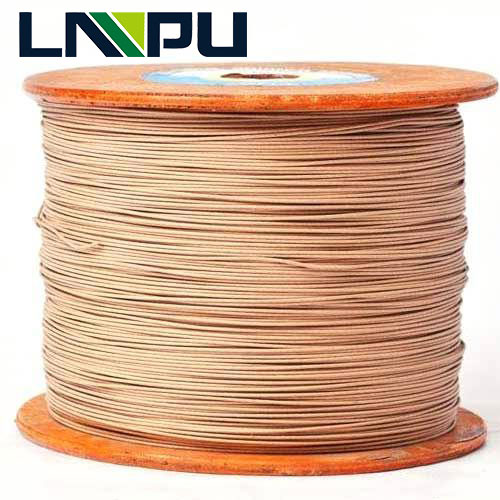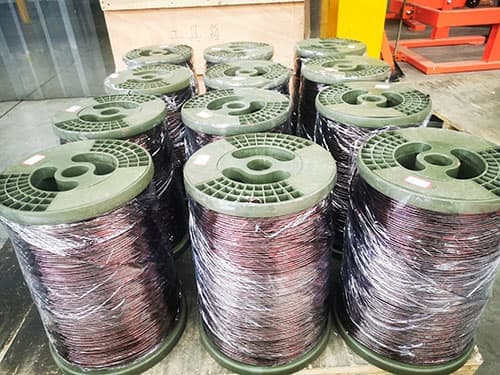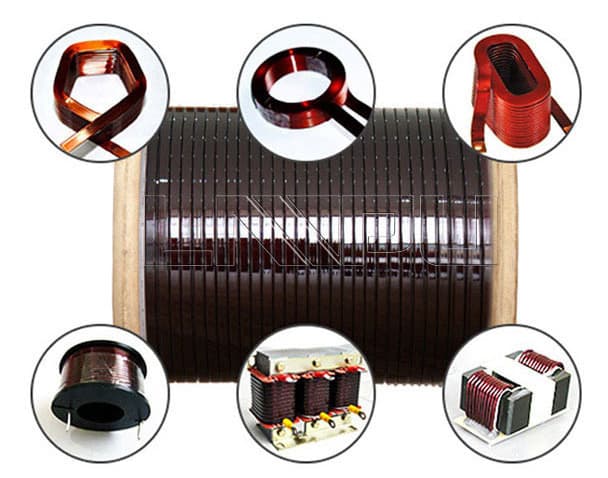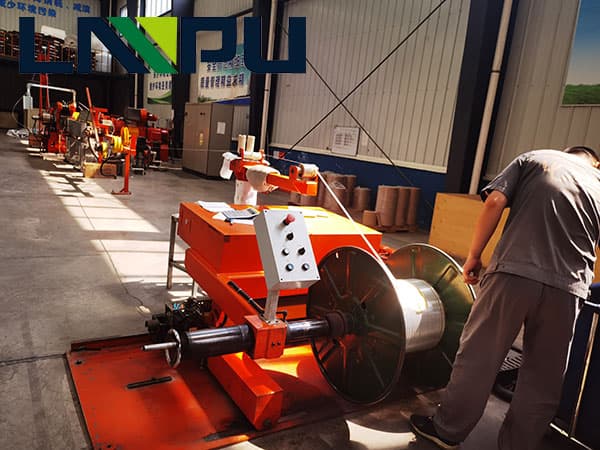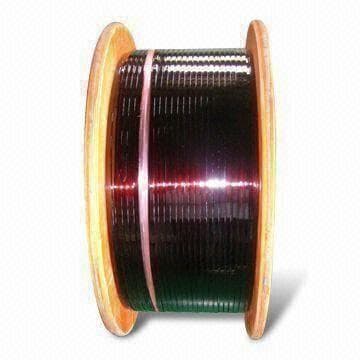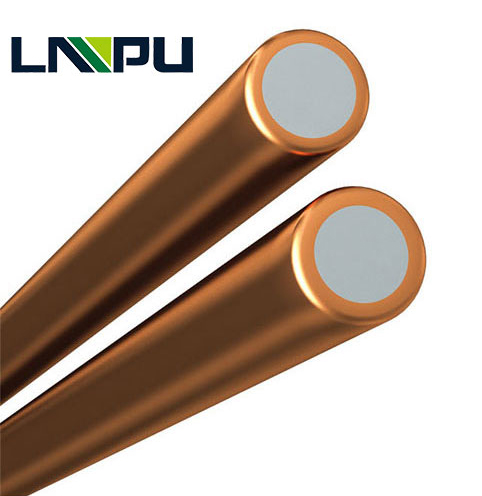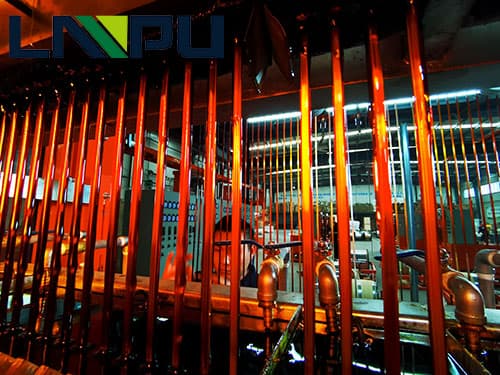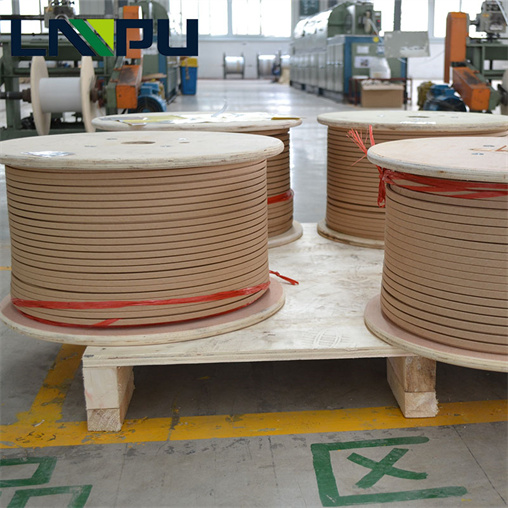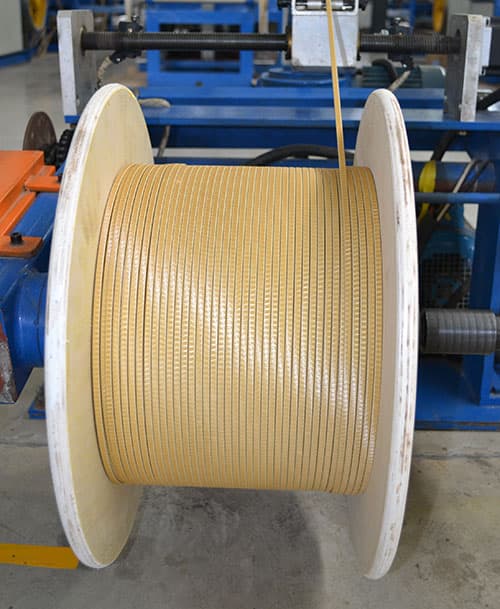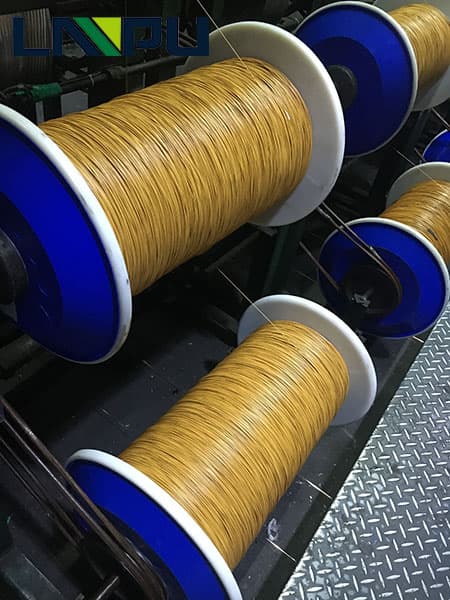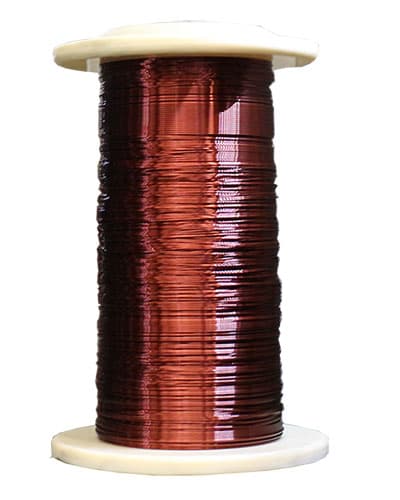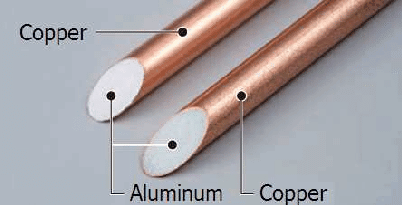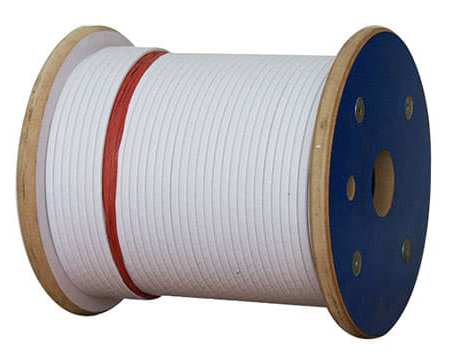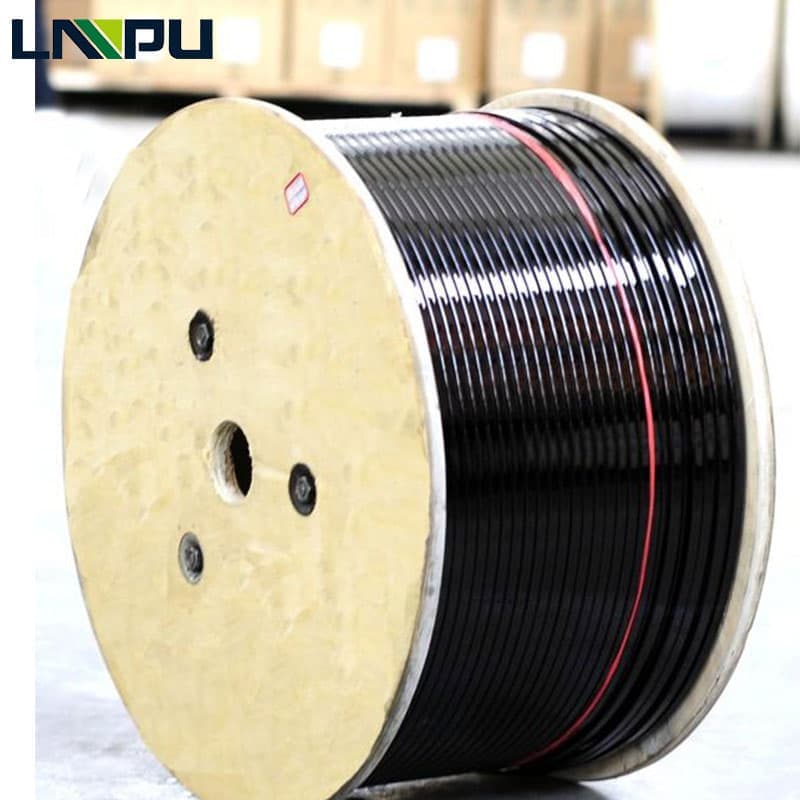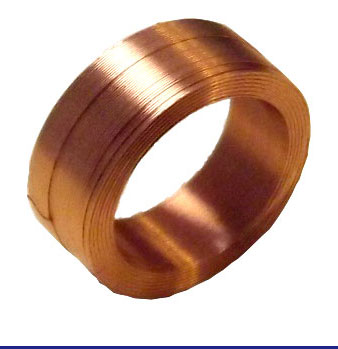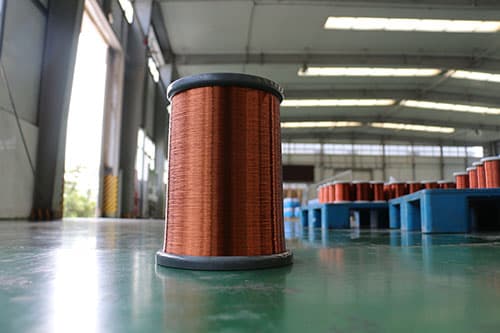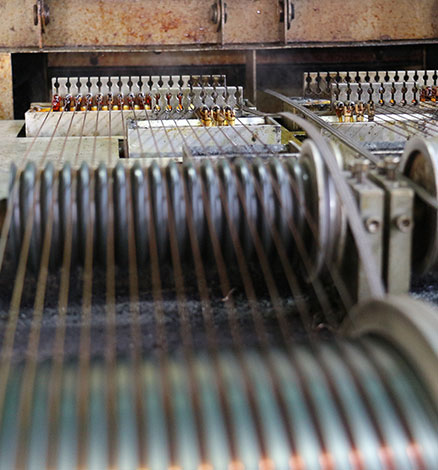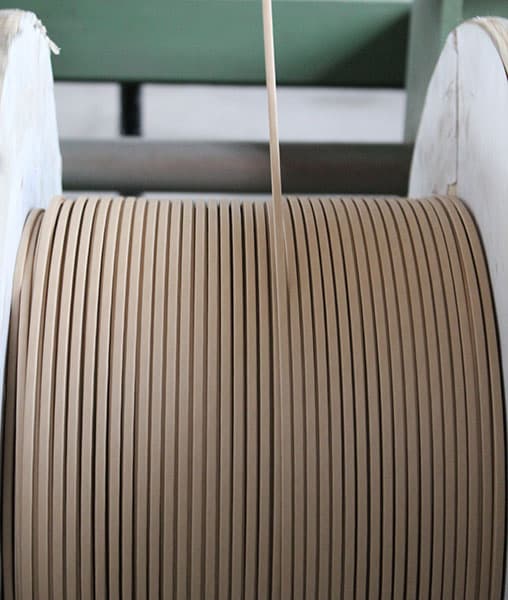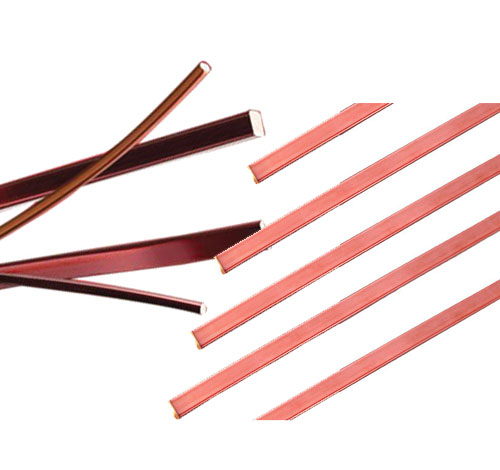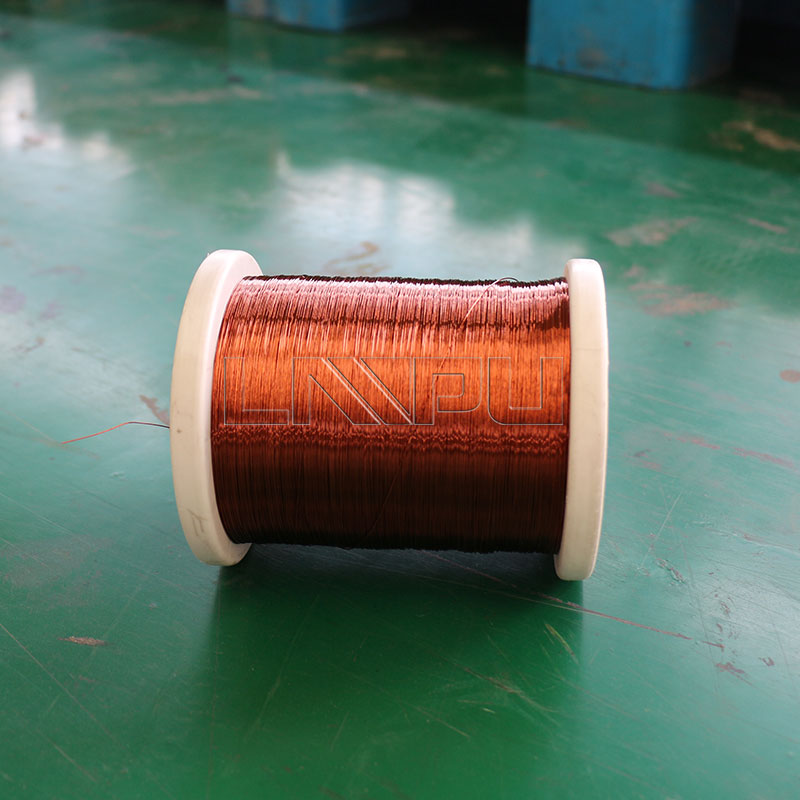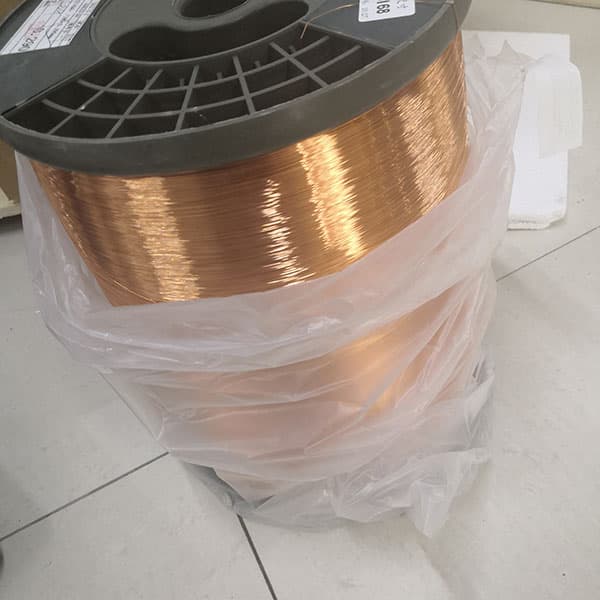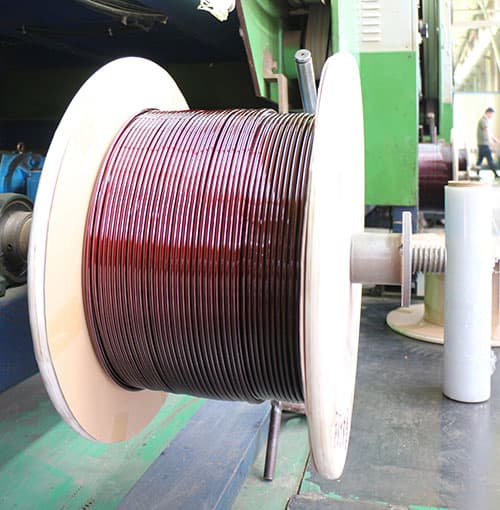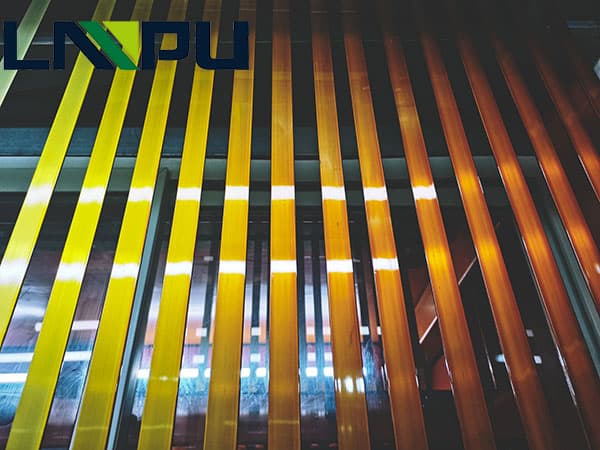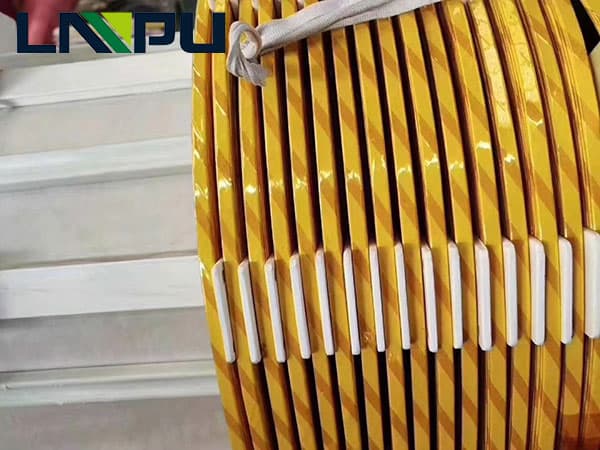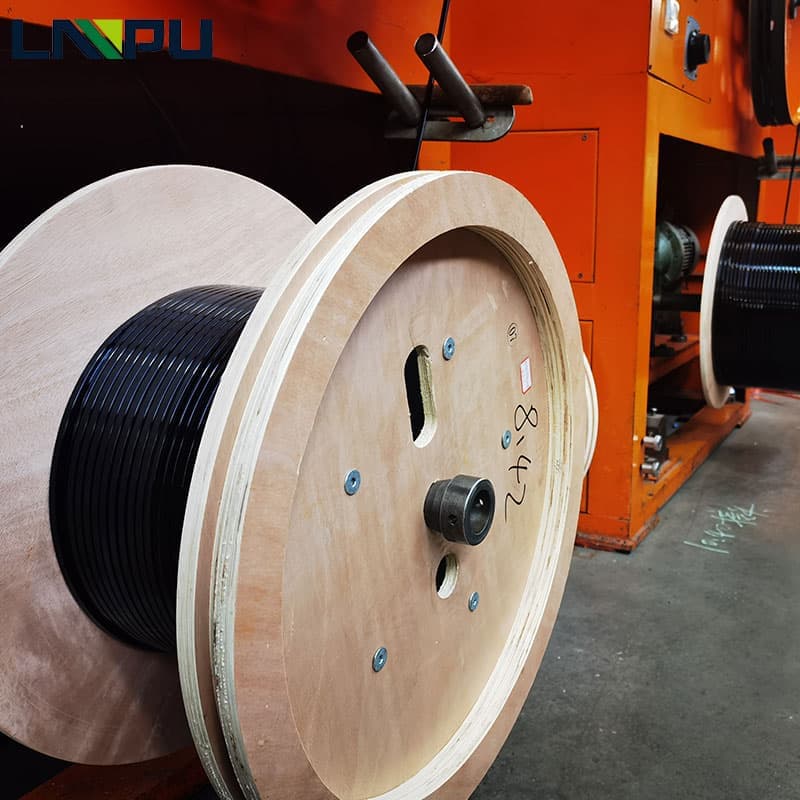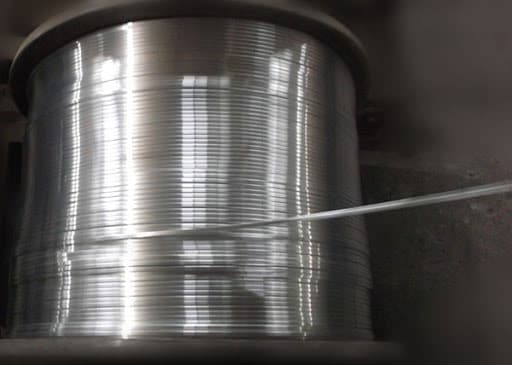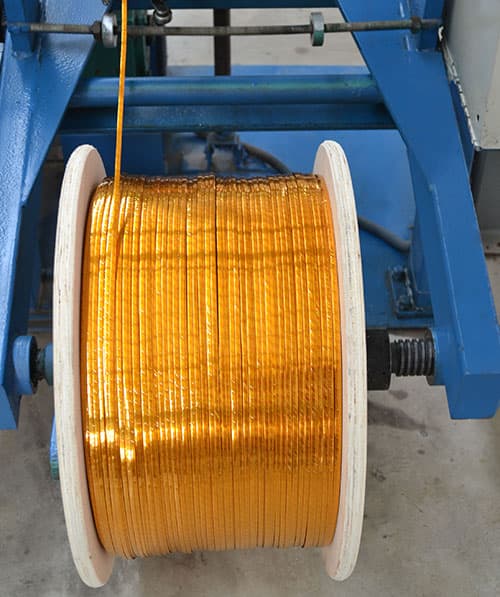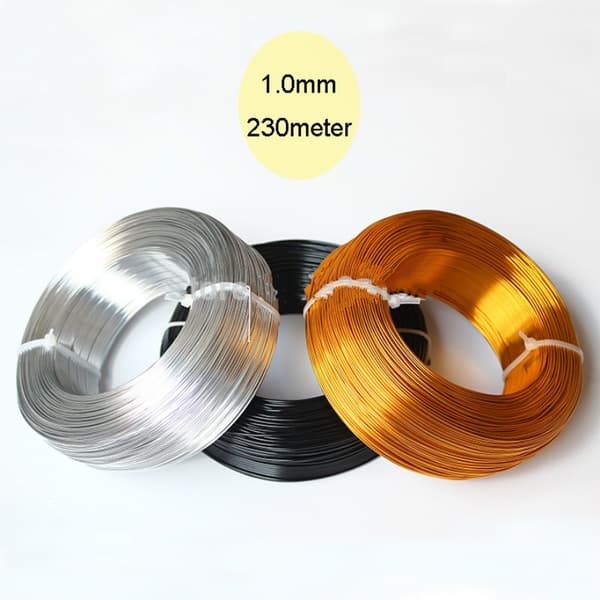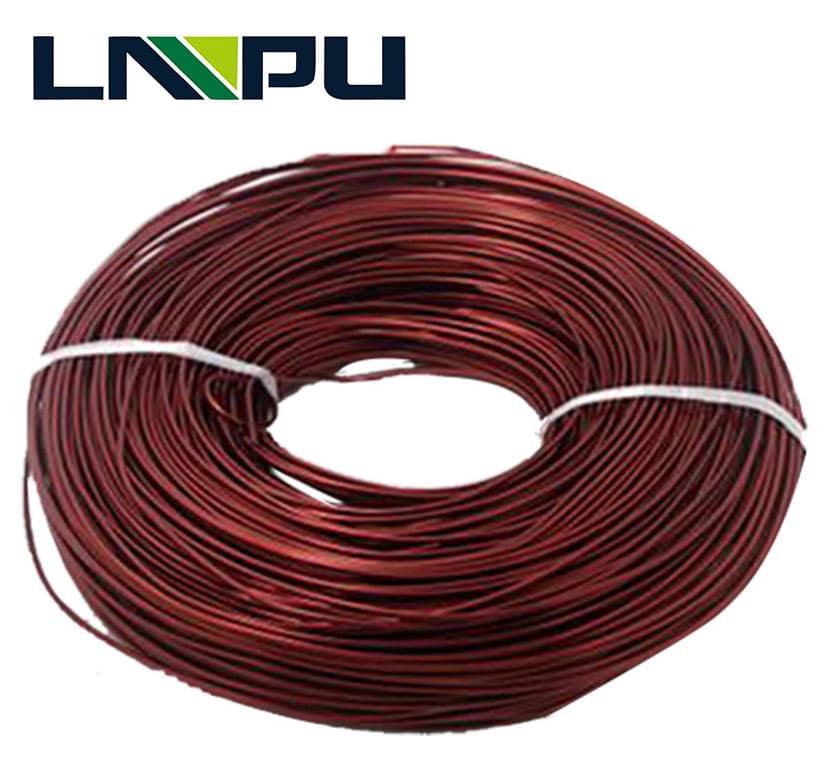Telephone Wire and Cable for Power, Control and Similar Applications
Telephone cable is usually thought of only as a communication medium operating at a normal 48 Vdc level. But telephone cable is regularly used by telephone operating companies to supply power to remote telephony equipment such as: PCM (Pulse Code Modulation) repeaters, FDM (Frequency Division Modulation) repeaters, telegraph and various types of control circuits. The normal talk battery voltage is regularly exceeded in the case of long subscriber loops utilizing loop extenders and on dial long line circuits which operate in the 70 to 100 Vdc range. For these applications, the referenced devices are generally current limited to approximately 150 milliamps. In all such cases, normal telephone industry practice usually limits pair-toground applied voltage to 150 Vdc, and pair-to-pair voltage is usually limited to 300 Vdc.
Aside from these common uses, there is significant interest concerning the suitability of telephone wire and cable in non-telephone applications. End users occasionally have special needs involving the possibility of higher-than-normal current and/or voltages. The following guidelines are recommended when considering such applications.
? Telephone wire and cable is not intended, designed or recommended for use in power, control or similar applications.
? Use of telephone wire and cable for any non-telephone application is entirely the responsibility of the user; and Superior Essex will accept no liability in such cases.
If a telephone wire and cable user elects to use the product for non-telephone applications, various factors, problems and risks should be considered. Based on telephone operating company experience, it is reasonable to assume that satisfactory operation can be expected if current and voltage are limited as follows:

TECHNICAL GUIDELINE
As applied voltage and current extends beyond intended limits, risks increase proportionally. Any or all of the following factors become increasingly important:
Code Restrictions
Various codes, including the National Electrical Code (NEC), do not permit telephone wire and cable to be used for power, control or similar purposes.
Flammability
The flammability properties of telephone wire and cable must be recognized, with particular emphasis on polyethylene insulated and jacketed cable.
Mechanical Considerations
The mechanical protection provided by shielded and/or armored telephone wire and cable designs e.g.: BDW, SEALPIC, and CASPIC-F, etc., are equivalent or superior to similar products intended for power, control, instrumentation purposes, etc. Hence, there should be no mechanical problem involved in non-telephone applications. Non-shielded or nonarmored designs, however, may not necessarily be mechanically suitable.
Installations
Assuming products are mechanically suitable, they should perform acceptably in aerial, underground (duct or conduit) or directly buried installations. For optimum safety and current capability, duct (conduit) or buried application is strongly preferred over aerial.
Insulation Faults
Since insulation ¡°Faults¡± (pin holes, etc.) are not critical in normal telephone service, telephone wire and cable is normally permitted to include a certain number of such faults (usually a maximum of one fault per 40,000 conductor feet). On the other hand, wire and cable intended for power, control, , purposes etc. are required to be ¡°Fault Free.¡± Since faults can and do exist in telephone wire insulation, water in a cable core (normally a problem only with unfilled cable) could cause trouble in non-telephone applications.
Voltage Rating
The thickness of insulation used on telephone conductors is dictated by mutual capacitance and related electrical needs and is not based upon voltage rating. These insulationm thicknesses bear little relationship to the thicknesses that would be used if voltage and current considerations were paramount.
Superior Essex Outside plant (OSP) copper cables have a 300 volt working voltage capability when used in communication circuit applications. Communications cables are not formally voltage rated or listed as such by any listing or testing organization.
Current Carrying Capacity
Wire and cable current carrying capacity is dependent upon the conductor size, the ambient temperature environment in which the product operates, the allowable temperature rise for the conductor, etc.
Summary
? Telephone wire and cable is not intended, designed or recommended for use on other than telephone circuits. The user assumes all liability for product use in non-telephone applications.
? When the NEC or similar building or construction codes apply, telephone wire and cable cannot be used for power, control, or similar applications.
? In special cases, insulated telephone conductors could be considered for non-telephone applications when legal restrictions are not a problem and when appropriate consideration is given to the various product limitations.
? If used in non-telephone applications, insulated telephone conductors must be carefully limited as to maximum allowable current flow. It is recommended to limit current to 150 milliamps (Table I).
? Review the local code requirements with the local Authority Having Jurisdiction (AHJ) to determine what code and edition is adopted and any exceptions which may apply.

